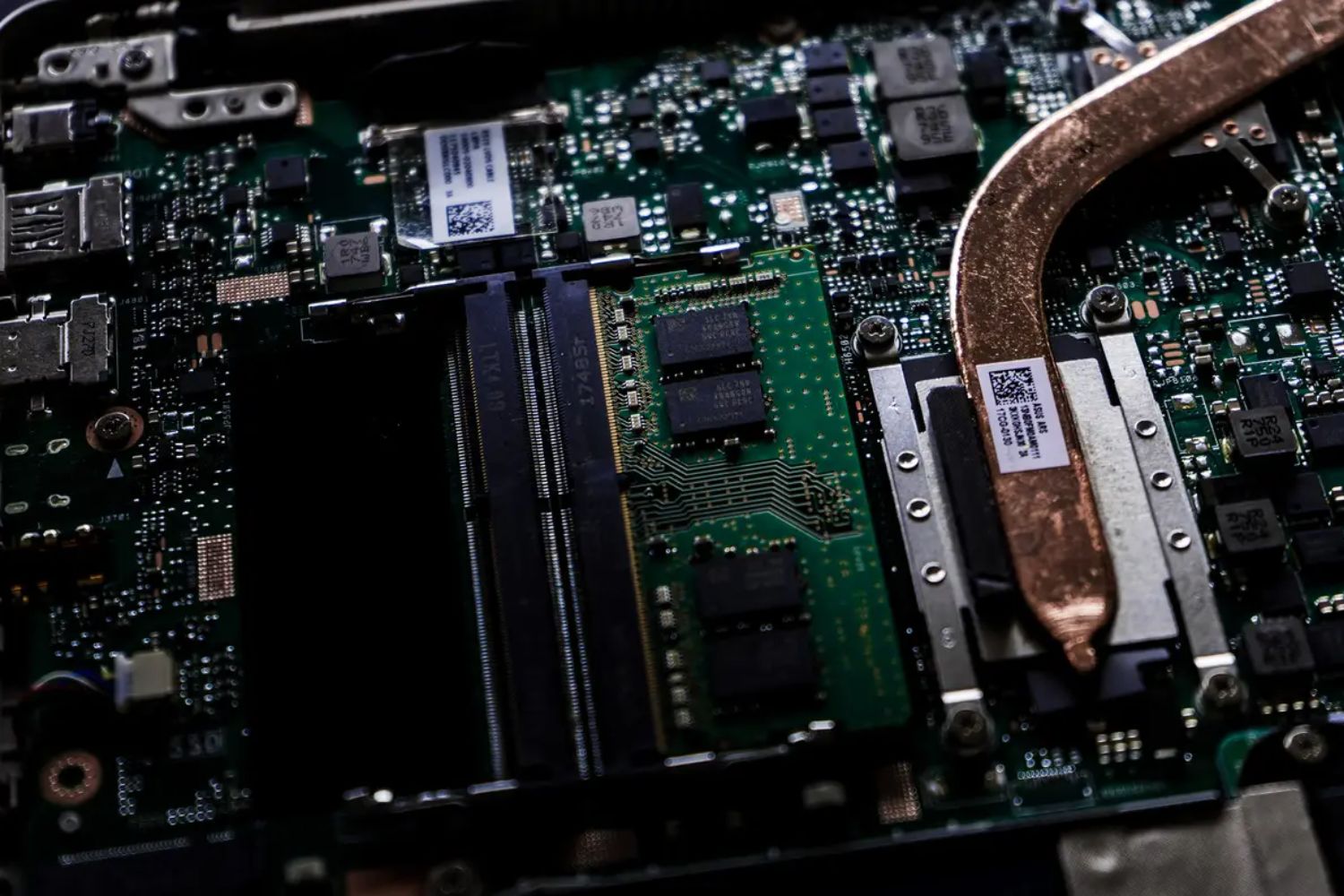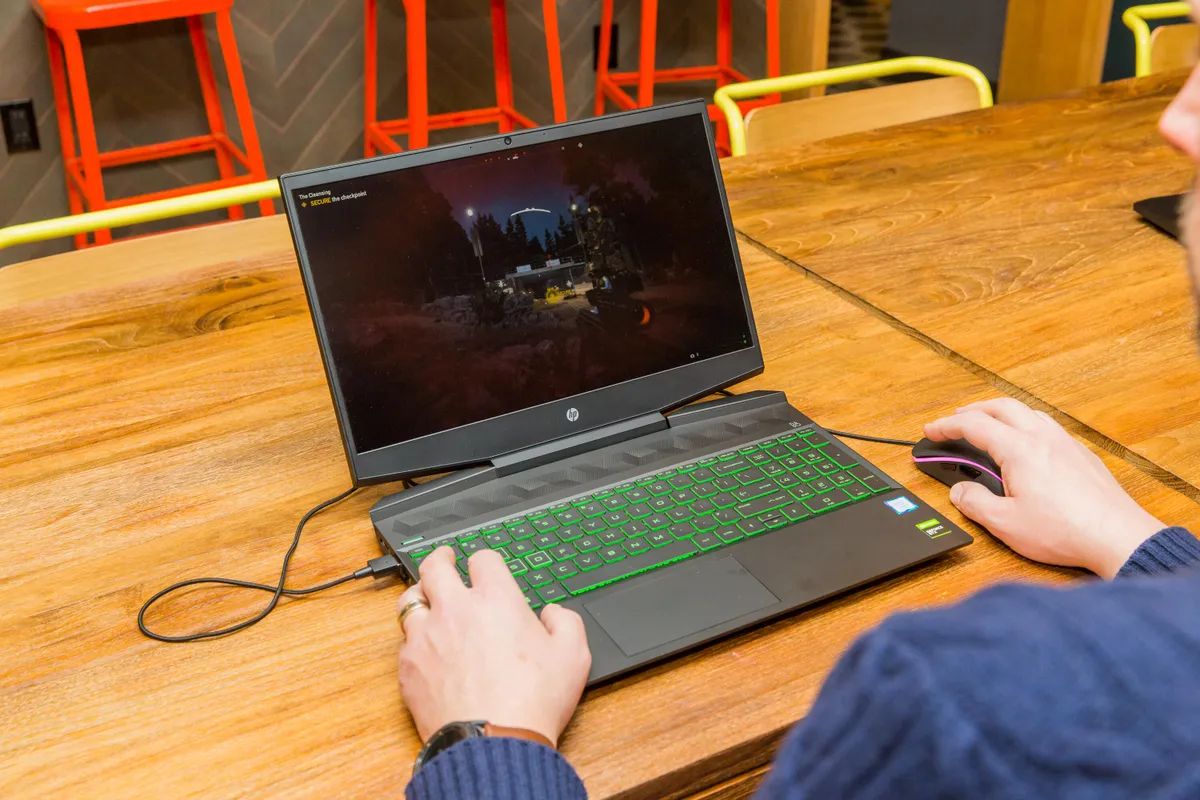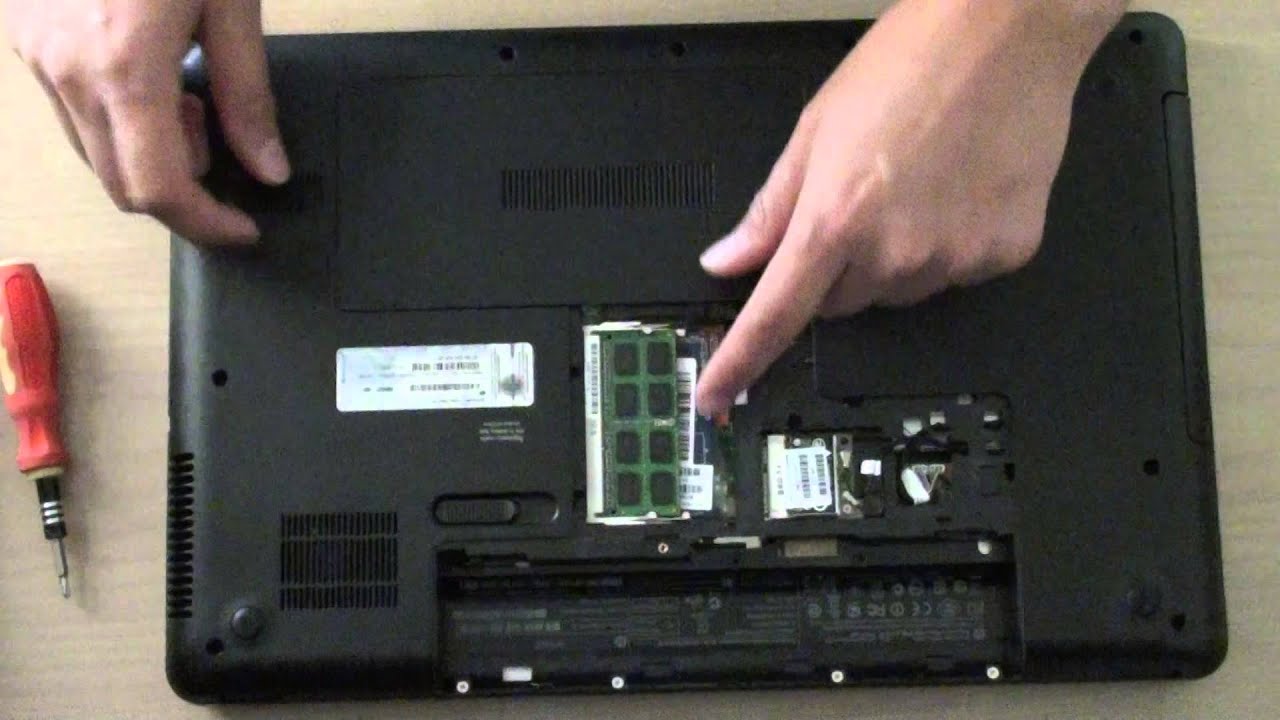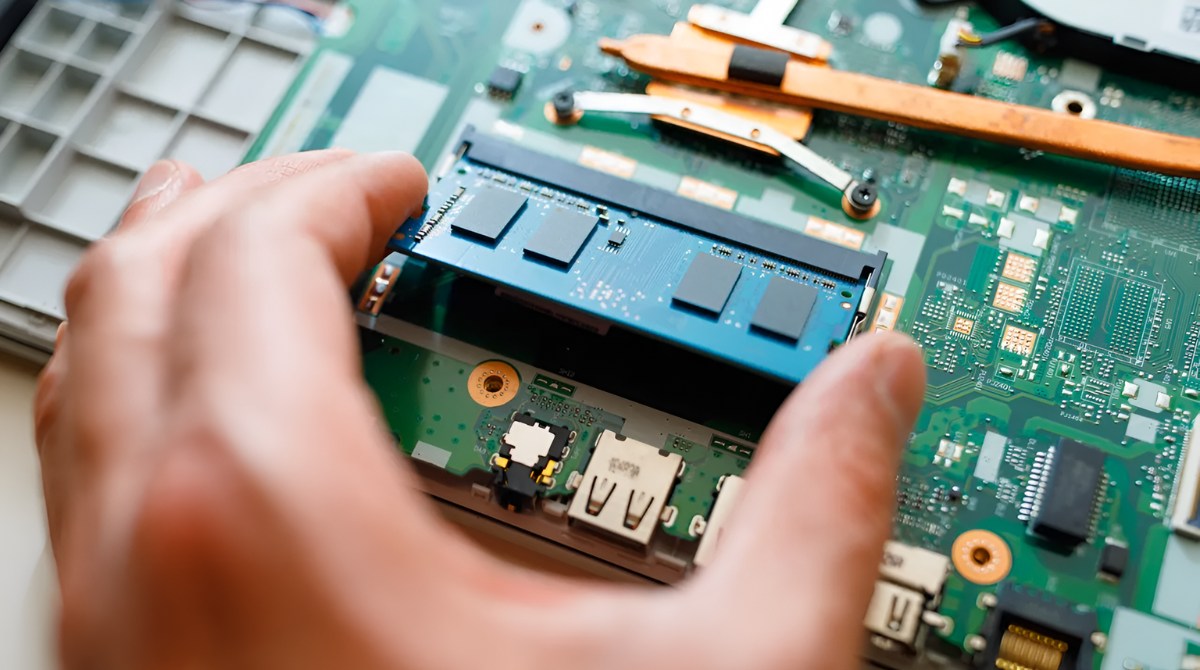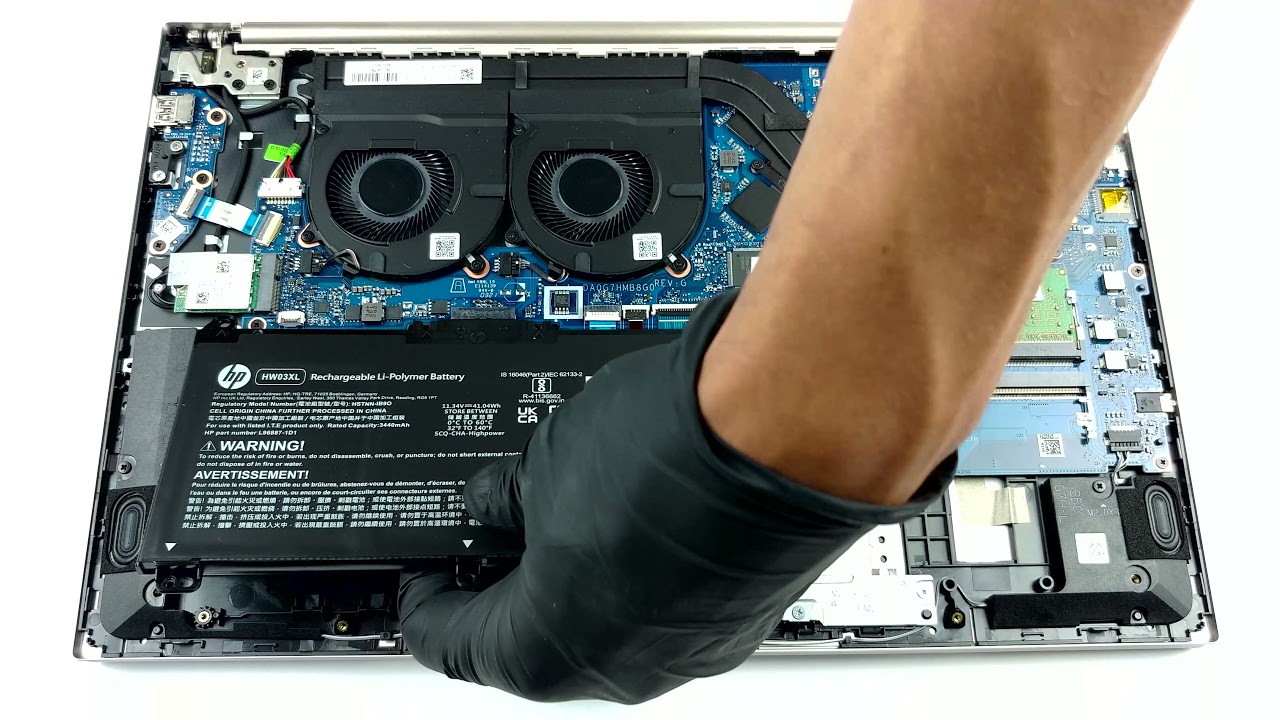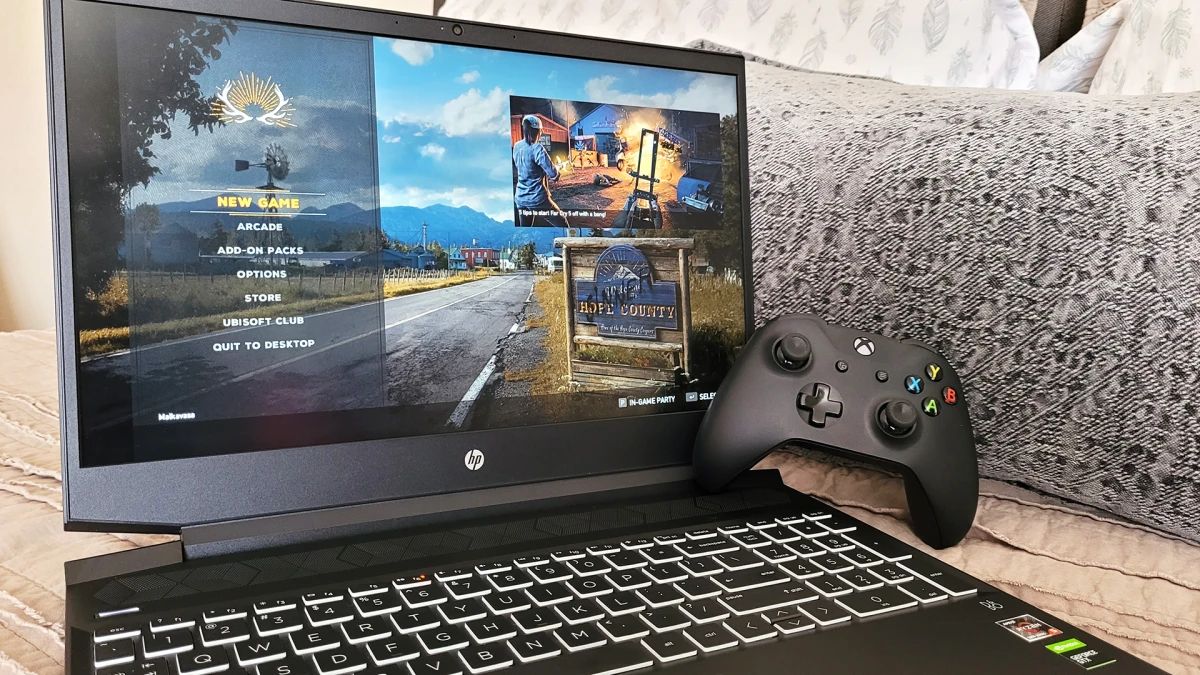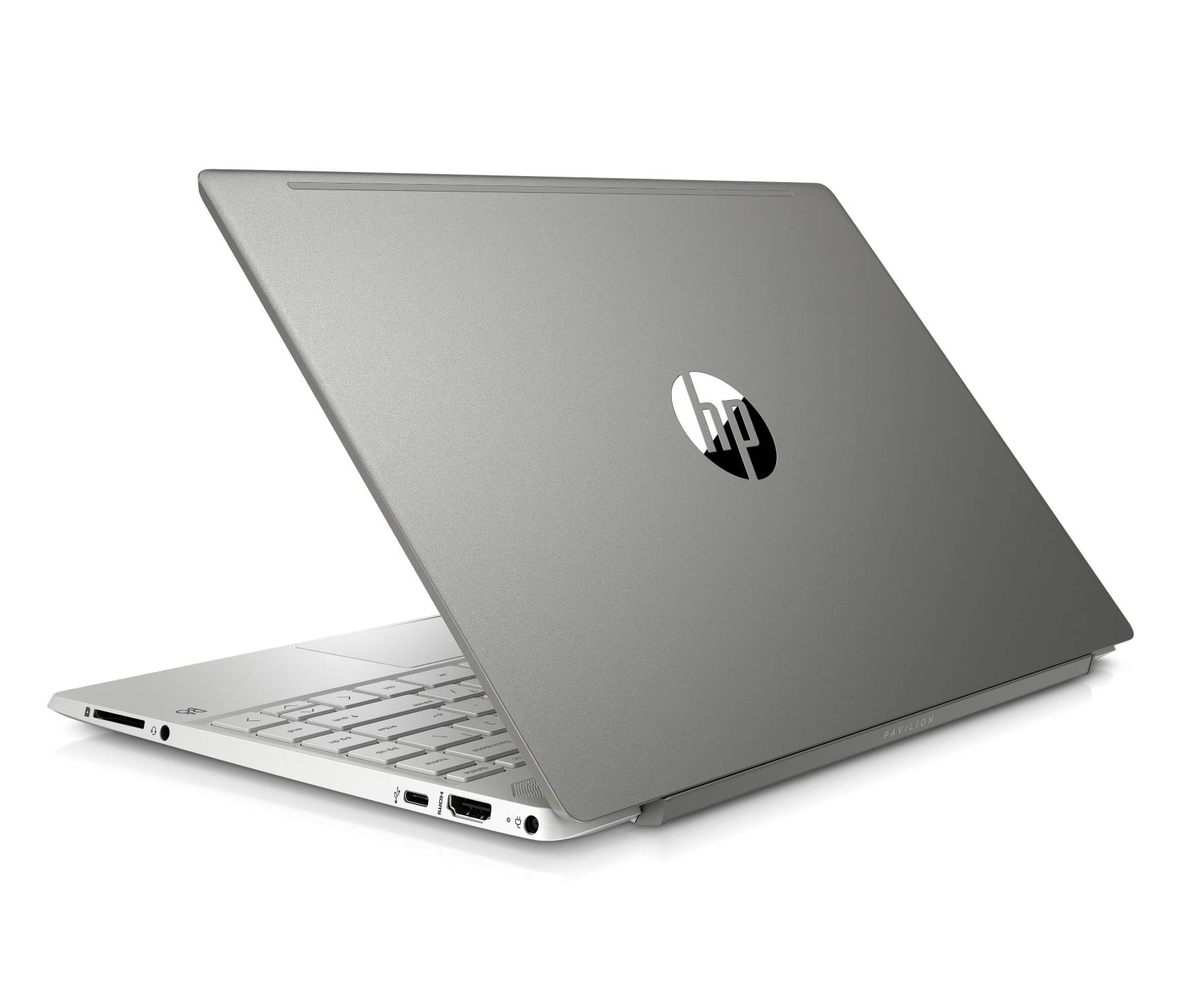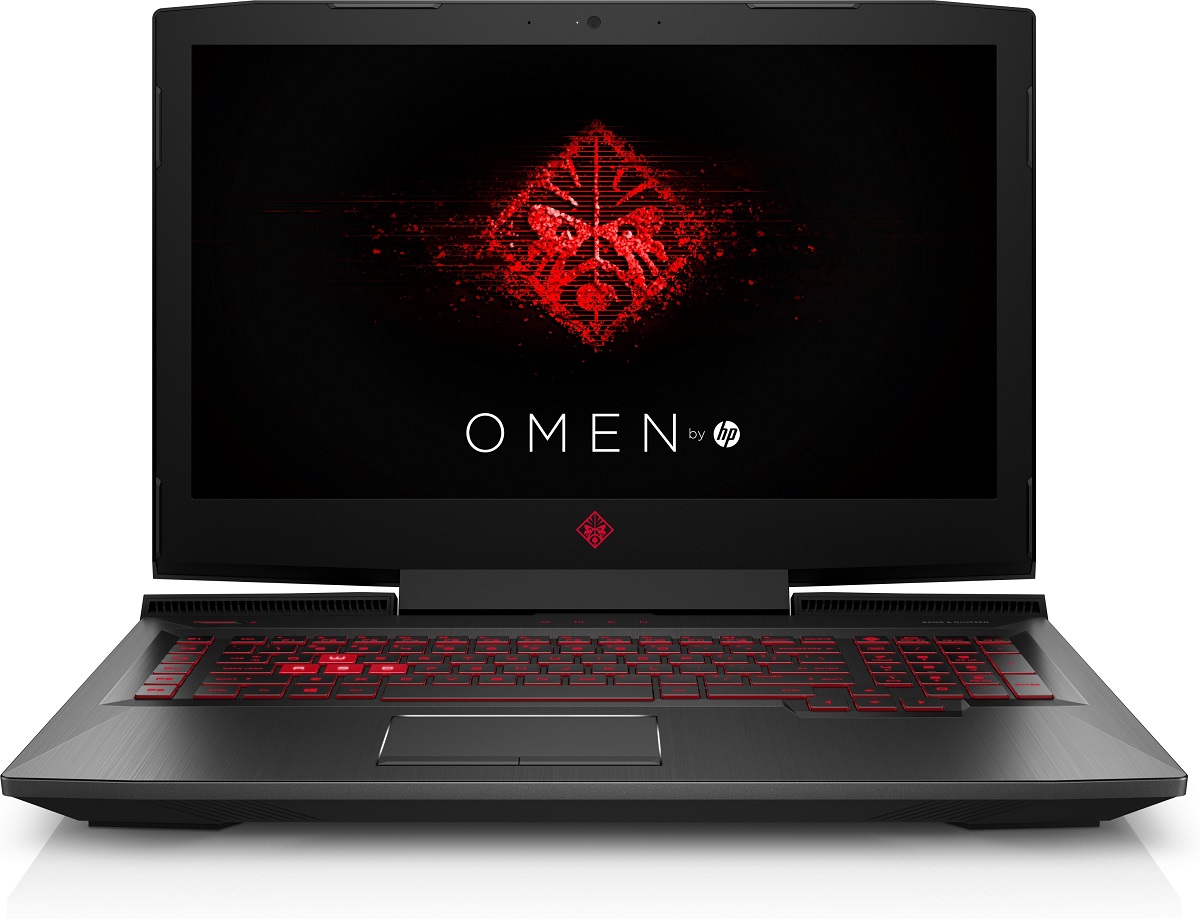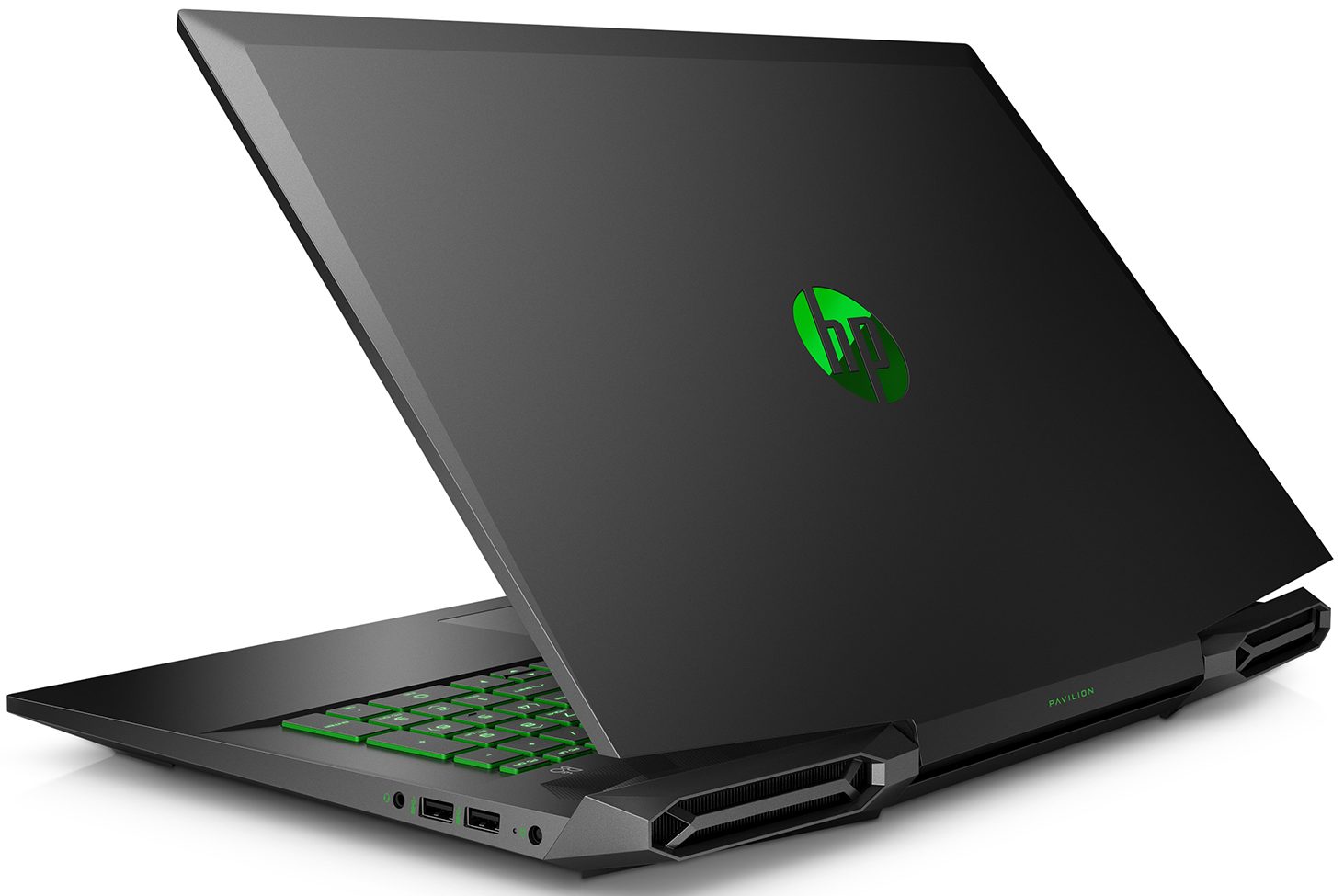Introduction
Welcome to our comprehensive guide on how much RAM is available in HP laptops. As technology continues to advance at a rapid pace, laptops have become an essential tool for both work and play. When it comes to laptops, one crucial component that determines its performance is the RAM, or Random Access Memory.
RAM plays a critical role in the overall speed and responsiveness of your laptop. It acts as a temporary storage space that allows your computer to access and process data quickly. Whether you’re multitasking, running resource-intensive applications, or gaming, having adequate RAM is essential for a seamless user experience.
In this article, we will explore the importance of RAM in a laptop and discuss how much RAM you actually need. We will also delve into the various options available in HP laptops and provide you with important factors to consider when deciding how much RAM is right for you. Additionally, we will walk you through the process of upgrading the RAM in an HP laptop.
So, if you’re a HP laptop user or considering investing in one, keep reading to discover everything you need to know about RAM and how much of it you should have in your HP laptop.
Why is RAM important in a laptop?
RAM, or Random Access Memory, is a crucial component of a laptop’s performance. It plays a vital role in how quickly and efficiently your laptop can perform tasks. Here are a few key reasons why RAM is essential in a laptop:
- System Performance: RAM is responsible for temporarily storing data and instructions that your laptop needs to access quickly. The more RAM your laptop has, the more information it can store and access without needing to rely on slower storage devices like the hard drive or solid-state drive. This results in faster and more responsive performance, allowing you to switch between applications seamlessly.
- Multi-tasking: If you’re someone who frequently has multiple applications running simultaneously, such as web browsers, word processors, spreadsheets, and multimedia players, having sufficient RAM is crucial. With more RAM, your laptop can handle these tasks more efficiently, reducing lag and improving overall productivity.
- Resource-Intensive Applications: RAM becomes even more important when you’re running resource-intensive applications like video editing software, virtual machines, or complex computer-aided design programs. These software applications require a significant amount of memory to operate smoothly. Inadequate RAM can result in slower rendering times, longer loading times, and potential crashes.
- Gaming: Gamers often demand powerful hardware to play the latest games smoothly. RAM plays a crucial role in gaming performance by allowing faster loading times, reducing in-game stuttering, and improving overall frame rates. Many modern games recommend having at least 8GB or more of RAM to ensure optimal gameplay.
- Future-Proofing: As software and applications continue to evolve and become more demanding, having ample RAM ensures that your laptop can handle future upgrades. By investing in a laptop with enough RAM, you can prolong its lifespan and avoid the need for immediate hardware upgrades.
Overall, RAM plays a vital role in enhancing the overall performance and user experience of a laptop. Having enough RAM allows for smoother multitasking, faster application loading times, and improved gaming performance. So, when choosing a laptop, it’s important to consider the amount of RAM it offers to ensure it meets your specific needs and usage requirements.
How much RAM do you need?
The amount of RAM you need in a laptop depends on several factors, including your usage requirements, budget, and the types of tasks you typically perform. While there is no one-size-fits-all answer, here are some general guidelines to help you determine how much RAM you need:
- Basic Usage: If you primarily use your laptop for basic tasks like web browsing, email, word processing, and light multitasking, 4GB to 8GB of RAM should be sufficient. This amount of RAM will provide a smooth experience for everyday tasks without breaking the bank.
- Intermediate Usage: If you frequently work with more resource-intensive applications like photo editing software, video conferencing, or moderate multitasking, opt for 8GB to 16GB of RAM. This will ensure smoother performance and better handling of multiple applications simultaneously.
- Power Users and Gamers: If you are a power user who runs demanding applications or a gamer who wants to play the latest titles, consider getting 16GB to 32GB of RAM. This amount of RAM will handle intensive tasks with ease, allowing for smooth gameplay and improved performance.
- Content Creators and Professionals: If you work with professional software like video editing, 3D rendering, or data analysis, consider getting 32GB or more of RAM. These types of applications require a significant amount of memory to function optimally and avoid bottlenecks.
It’s important to note that while having more RAM can improve performance, there is a point of diminishing returns. If you’re primarily performing basic tasks and don’t run resource-intensive applications, having excessive amounts of RAM may not provide noticeable benefits.
Additionally, it’s always a good idea to check the system requirements of the software you use or plan to use. Some applications or games may have specific recommendations for optimal performance, and it’s best to follow those guidelines to ensure the best user experience.
Ultimately, finding the right amount of RAM for your needs requires striking a balance between performance, budget, and future-proofing. Consider your usage requirements and evaluate your budget to make an informed decision about the amount of RAM that will best suit your needs.
How much RAM is available in HP laptops?
HP offers a wide range of laptops to cater to different user needs. The amount of RAM available in HP laptops can vary depending on the specific model and configuration. Here’s a breakdown of the typical RAM options you can find in HP laptops:
- 4GB RAM: Many entry-level HP laptops come with 4GB of RAM. These laptops are suitable for basic tasks like web browsing, word processing, and light multitasking. While 4GB is sufficient for everyday use, it may not provide optimal performance for resource-intensive applications.
- 8GB RAM: Mid-range HP laptops often come equipped with 8GB of RAM. This amount of memory offers better performance for multitasking, running more demanding applications, and even light gaming. If you need a laptop for work or school-related tasks, an 8GB RAM configuration would be a suitable option.
- 16GB RAM: HP laptops with 16GB of RAM are ideal for power users, gamers, and professionals who require better performance for resource-intensive tasks. This amount of RAM ensures smoother operation and improved multitasking capabilities, making it suitable for video editing, graphic design, and running virtual machines.
- 32GB RAM and higher: HP also offers laptops with higher RAM configurations, such as 32GB or even 64GB. These laptops are aimed at content creators, professionals, and users who work with heavy-duty applications that require robust memory resources. These configurations provide excellent performance for tasks like 3D modeling, CAD design, and advanced video editing.
It’s important to note that the RAM options available in HP laptops may vary depending on the specific model and customization options. Some laptops may allow for RAM upgrades or customization at the time of purchase, while others may have fixed configurations.
If you have specific RAM requirements, it’s advisable to check the specifications of different HP laptop models or consult with HP sales representatives to find the right laptop that fits your needs. Additionally, keep in mind that some HP laptops may offer expandable RAM options, allowing you to upgrade the memory in the future if needed.
Overall, HP laptops offer a range of RAM options to accommodate various user needs. Whether you’re a casual user, professional, or gamer, there’s likely an HP laptop configuration available that fits your requirements and provides adequate RAM for your desired tasks.
Factors to consider when deciding how much RAM you need
When determining how much RAM you need in a laptop, it’s essential to consider several factors that can influence your decision. Here are some key considerations to keep in mind:
- Usage Requirements: Assess how you plan to use your laptop. Determine the types of tasks you regularly perform, whether it’s basic web browsing, office work, graphic design, video editing, or gaming. This will help you determine the amount of RAM needed to ensure smooth performance for your specific usage requirements.
- Software and Applications: Consider the software and applications you use. Some applications, such as video editing software or virtual machines, require more memory to operate efficiently. Check the recommended system requirements of the software you use or plan to use to ensure your laptop has enough RAM to support them.
- Future-Proofing: Think about your future needs. If you expect your usage requirements to increase or if you plan to use more resource-intensive applications down the line, consider opting for more RAM than what you currently need. This will ensure that your laptop can handle future upgrades without requiring immediate hardware replacements.
- Budget: Determine your budget. RAM prices vary, and laptops with higher RAM configurations can be more expensive. Strike a balance between your budget and the amount of RAM you need, considering the value it will add to your overall user experience and the longevity of your laptop’s performance.
- Upgradability: Look into the upgradability options of the laptop you are considering. Some laptops allow for RAM upgrades, which can be a cost-effective way to increase the memory in the future. If upgradability is important to you, choose a laptop with accessible RAM slots and check the maximum amount of RAM it can support.
- Operating System: Different operating systems have varying memory requirements. Windows, macOS, and Linux each have their own recommendations for optimal performance. Consider the operating system you prefer to use and ensure that your chosen laptop’s RAM configuration meets or exceeds the recommended requirements for your preferred operating system.
By considering these factors, you can make an informed decision about how much RAM you need for your laptop. Remember that having enough RAM is crucial for smooth performance and efficient multitasking, ensuring that your laptop can handle your workload and tasks without slowdowns or bottlenecks.
Take the time to assess your specific usage requirements, software needs, future plans, budget, and considerations for upgradability to determine the ideal amount of RAM that will provide the best performance and value for your laptop.
How to upgrade the RAM in an HP laptop
If you find that your HP laptop’s current RAM configuration is insufficient for your needs, you may want to consider upgrading the RAM. Upgrading the RAM in an HP laptop can be a cost-effective way to improve performance without having to purchase a new device. Here’s a step-by-step guide on how to upgrade the RAM in an HP laptop:
- Check compatibility: Before purchasing new RAM modules, ensure they are compatible with your HP laptop. Check the laptop’s specifications or visit the HP website to find out the compatible RAM type, speed, and maximum capacity that your laptop supports.
- Gather the necessary tools: You’ll need a small Phillips screwdriver and an antistatic wrist strap to protect the laptop from static electricity during the upgrade process.
- Power down and unplug: Shut down the laptop and disconnect it from the power source. This ensures safety and prevents any damage during the upgrade process.
- Locate and access the RAM slots: Most HP laptops have a dedicated RAM compartment on the bottom or underneath a removable panel. Use the screwdriver to remove the panel and expose the RAM slots.
- Remove the existing RAM modules: Carefully press the clips holding the RAM modules in place to release them. Gently remove the modules by pulling them away from the slots at a slight angle.
- Install the new RAM modules: Take the new RAM modules and align the notch on the module with the notch in the slot. Insert the module at a slight angle and then press it down until the clips lock it in place. Ensure a secure connection.
- Replace the panel and power on: Once the new RAM is installed, reattach the RAM compartment panel and secure it with the screws. Plug in your laptop and power it on to ensure that the new RAM is recognized and properly functioning.
- Confirm the upgrade: To confirm that the RAM upgrade was successful, check the laptop’s system settings or use software tools to verify the new RAM capacity. If the system recognizes the upgraded RAM, you’re all set!
It’s important to note that the upgrade process may vary slightly based on the specific HP laptop model. Therefore, it’s recommended to consult the user manual or specific instructions provided by HP for your laptop model.
If you are uncomfortable performing the upgrade yourself, you can consider seeking assistance from a professional technician or taking your laptop to an authorized service center for the RAM upgrade.
By following these steps, you can successfully upgrade the RAM in an HP laptop, improving its performance and allowing for smoother multitasking and enhanced overall user experience.
Conclusion
Understanding the importance of RAM in a laptop and knowing how much you need is crucial for optimizing your device’s performance. In this guide, we’ve explored the significance of RAM and provided insights into the available RAM options in HP laptops. We’ve also discussed factors to consider when deciding how much RAM you need and provided a step-by-step guide on upgrading the RAM in an HP laptop.
Remember that the amount of RAM you need depends on your specific usage requirements, the software you use, your budget, and future-proofing considerations. By carefully assessing these factors, you can ensure that your laptop has the appropriate amount of RAM to handle your tasks efficiently and smoothly.
If you’re in the market for an HP laptop, consider the RAM configurations available for each model and choose one that best aligns with your needs. Additionally, keep in mind the potential for RAM upgrades in the future, as some HP laptops allow for expandable memory.
Whether you’re a casual user, professional, designer, or gamer, having sufficient RAM will significantly impact your laptop’s performance. It will enable you to multitask seamlessly, run resource-intensive applications smoothly, and future-proof your device against evolving software requirements.
We hope this guide has provided valuable insights into the importance of RAM in HP laptops and helped you determine the right amount of RAM for your specific usage needs. So go ahead, choose the ideal HP laptop configuration with the right amount of RAM, and enjoy an enhanced computing experience.







